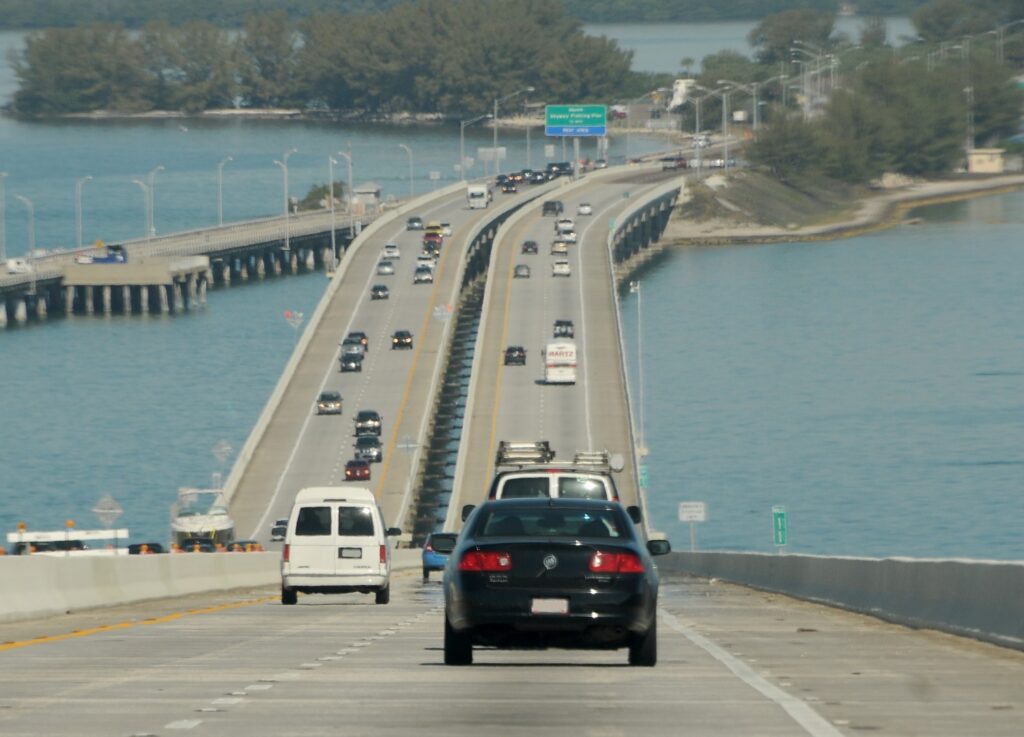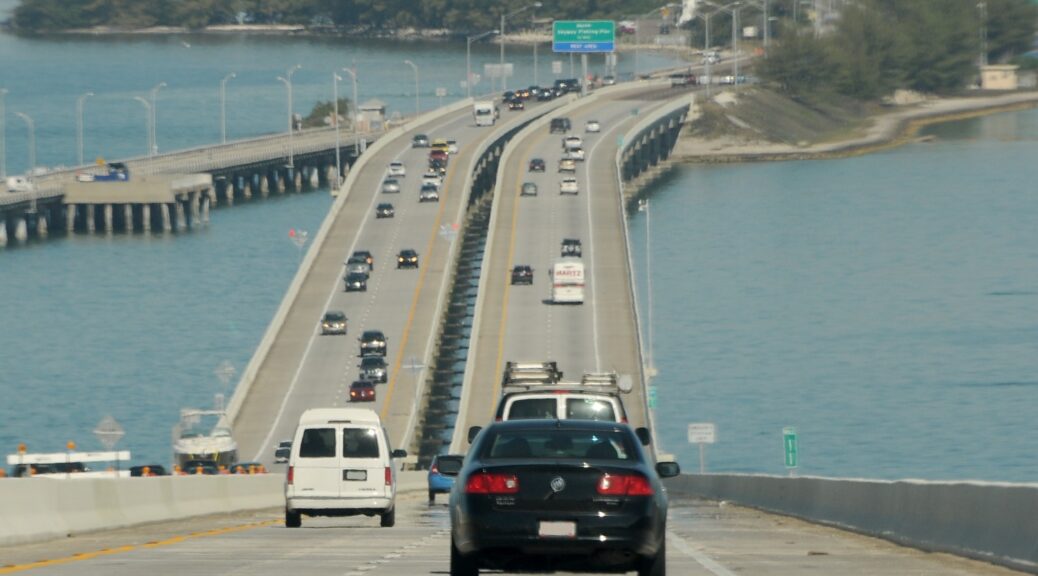
This memo, highlighting five key points of America’s transition to sustainable growth, the role the American Rescue Plan played in that growth, and how the Administration is turning its focus to address a range of global economic challenges with inflation chief among them, was provided by the White House:
Earlier this week, the President noted that our economy is in a moment of transition: from what has been an historic economic recovery to what can be a period of stable, steady growth that works for working families. The President understands that Americans are dealing with the challenge of elevated inflation. And addressing inflation is his top economic priority.
This is a moment when we can build on the unique strengths of our recovery to bring down inflation and ensure that we don’t give up the historic economic gains of the last year. It also means building on the recovery to deliver growth that actually works for working families – unlike the growth that we saw too often in the years before the pandemic, when we were promised that gains for those at the top would trickle down to working families. President Biden’s approach is to build the economy from the bottom up and the middle out.
As we look ahead and aim to achieve stable, steady growth, here are five key points about how we arrived at our current economic moment. In short, the Administration passed the American Rescue Plan in a moment of significant economic uncertainty and, because of the Administration’s decisive action, we now face a range of global economic challenges – with inflation chief among them – from a position of strength.
- The American Rescue Plan helped deliver one of the strongest job markets in American history.
When President Biden took office, the unemployment rate was 6.4% and around 20 million Americans were on unemployment insurance. Since then, the unemployment rate has come down to 3.6 % — with only three times in the last 50 years when the rate has been lower – and fewer than 1.5 million Americans are receiving unemployment insurance. Before the Rescue Plan passed, the nonpartisan Congressional Budget Office (CBO) projected the unemployment rate would be 5% right now, and would not drop below 4% until 2026. In addition, the number of Americans between the ages of 25 and 54 who are working or looking for work is higher today than it was before the pandemic began. In the wake of the Great Recession, that recovery took 12 years. As the Washington Post noted this weekend, we are in the midst of a “great return to work.” While it “took more than six years to recover from the Great Recession … this jobs recovery is on track to take about 2.5 years. That’s worth celebrating.”
- The American Rescue Plan has meant the U.S. recovery has been the envy of the world.
According to the latest World Economic Outlook from the International Monetary Fund, the U.S. economy will be larger at the end of this year—relative to its pre-pandemic size—than any other Group of 7 economy. The U.S. economy may grow faster this year than China’s economy for the first time since 1976, according to a projection by Bloomberg Economics. CBO recently projected that U.S. economic growth would continue in 2022 and 2023, albeit at a slower rate than in 2021, with unemployment remaining low and inflation falling throughout this year and next. The CBO forecast was roughly in line with the consensus of private sector forecasters.
- The American Rescue Plan has meant economic security for millions of families.
Since President Biden took office, incomes are up 5.1% overall and by 11.9% for the bottom 50% of the income distribution – even after accounting for inflation – due to job creation and higher earnings. Self-reported financial well-being at the end of 2021 reached its highest level on record, with 78% of adults reporting that they are financially comfortable. In the same survey, 68% of Americans said they could cover a $400 emergency cash expenses – the highest level in the history of the survey and up 18 percentage points since 2013. Bankruptcy filings also remained below pre-pandemic levels, eviction filings have remained 30% below pre-pandemic levels across the eight months since the eviction moratorium ended, and foreclosures hit an all-time low in 2021.
- The Rescue Plan didn’t just improve our economic position; it improved our fiscal position too.
The CBO projected that the deficit will fall by $1.7 trillion this year. This is the largest nominal reduction in the federal deficit in history. According to their projections, the deficit as a share of the economy this year will be at a lower level than in 2019, before the pandemic. It is also a lower level than CBO projected for this year before the American Rescue Plan passed, showing that the strong economic recovery resulting from President Biden’s economic and vaccination plans were not just good for our economy but also for our fiscal position. Public debt as a percent of the economy is also projected to be lower this year than was projected before the Rescue Plan passed – further reflecting the degree to which our strong economic recovery has improved our fiscal position. This progress on deficits and debt was not pre-ordained. In addition to responsibly winding down emergency programs, around half of the reduction in the deficit this year is projected to be driven by an increase in revenues, as household and business earnings have increased given the strong economic recovery.
- Inflation is a global challenge, with many causes, but the Rescue Plan is not its predominant cause.
Inflation is elevated around the world, particularly in light of Putin’s invasion into Ukraine, which has driven global food and energy prices higher. Inflation is at its highest level on record in the Euro Area and in Germany, the highest level in 40 years in the U.K., and the highest level in more than 30 years in Canada. Consumer prices have risen by 8.2% in the United States in the last year, 8.1% in the Euro Area, and 9% in the United Kingdom.
Putin’s actions in Ukraine have driven inflation higher in recent months, with gas prices up $1.51 since Putin began amassing troops on the border of Ukraine. It is of course not plausible that disruptions in global energy and food markets are the result of the American Rescue Plan.
And even before disruptions to global energy and food markets have driven inflation higher, many other factors boosted demand, shifted its composition, and constrained supply, which led to higher prices. The pandemic meant that American consumers shifted their consumption from services to durable goods. Businesses were unprepared for demand returning quickly, and we saw an inward shift in supply capacity – from auto production to domestic energy production to rental cars. And supply chain pressures meant bottlenecks and thinner inventories that also drove up prices.
That’s why we know that even without the Rescue Plan – or with a smaller Rescue Plan – inflation would have still been elevated. In fact, according to one independent analysis, keeping inflation close to 2% would have required an unemployment rate in the double digits – instead of today’s 3.6% unemployment rate. Moreover, without the Rescue Plan, another independent analysis shows that we would have had less growth, less job creation, and more human suffering.

